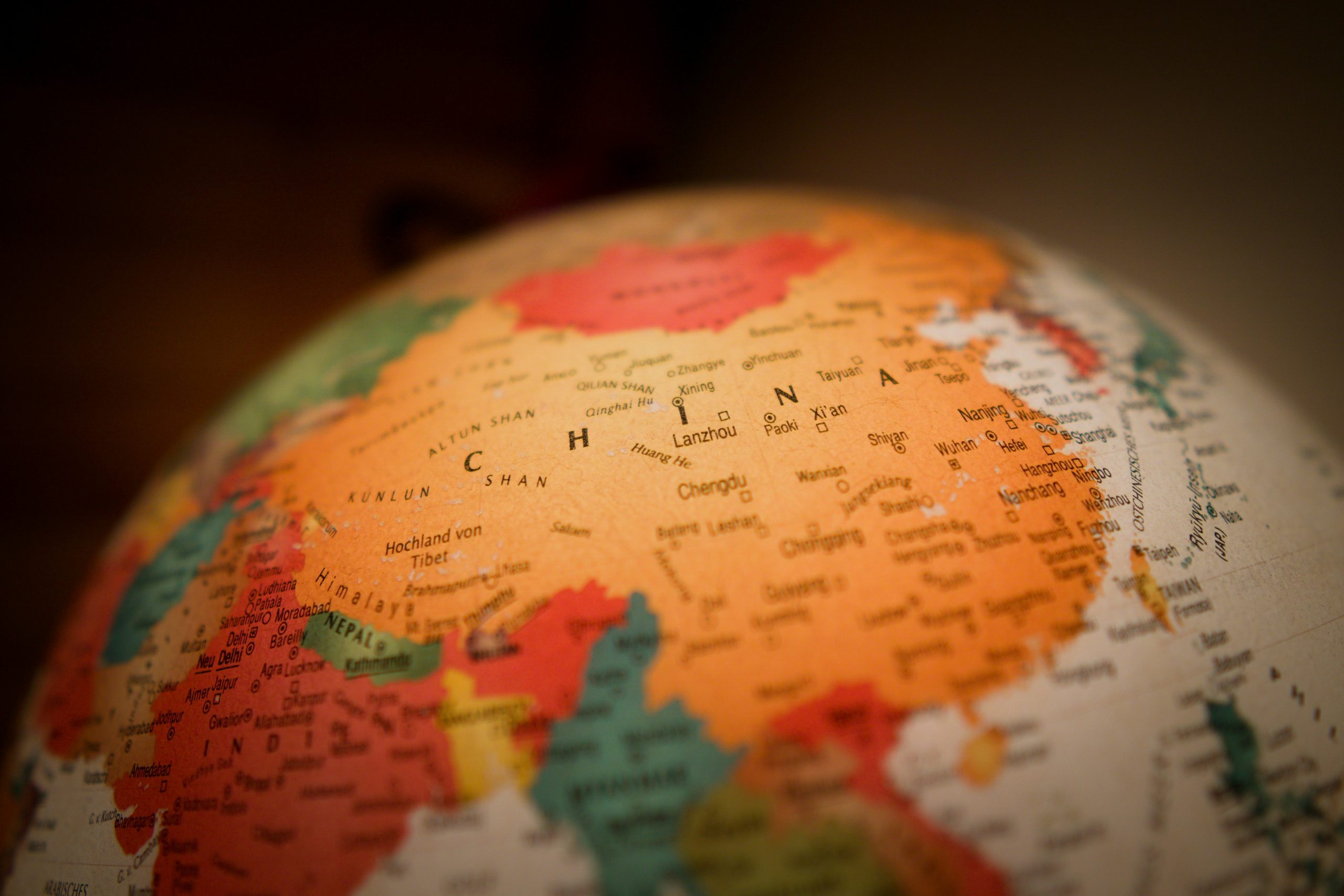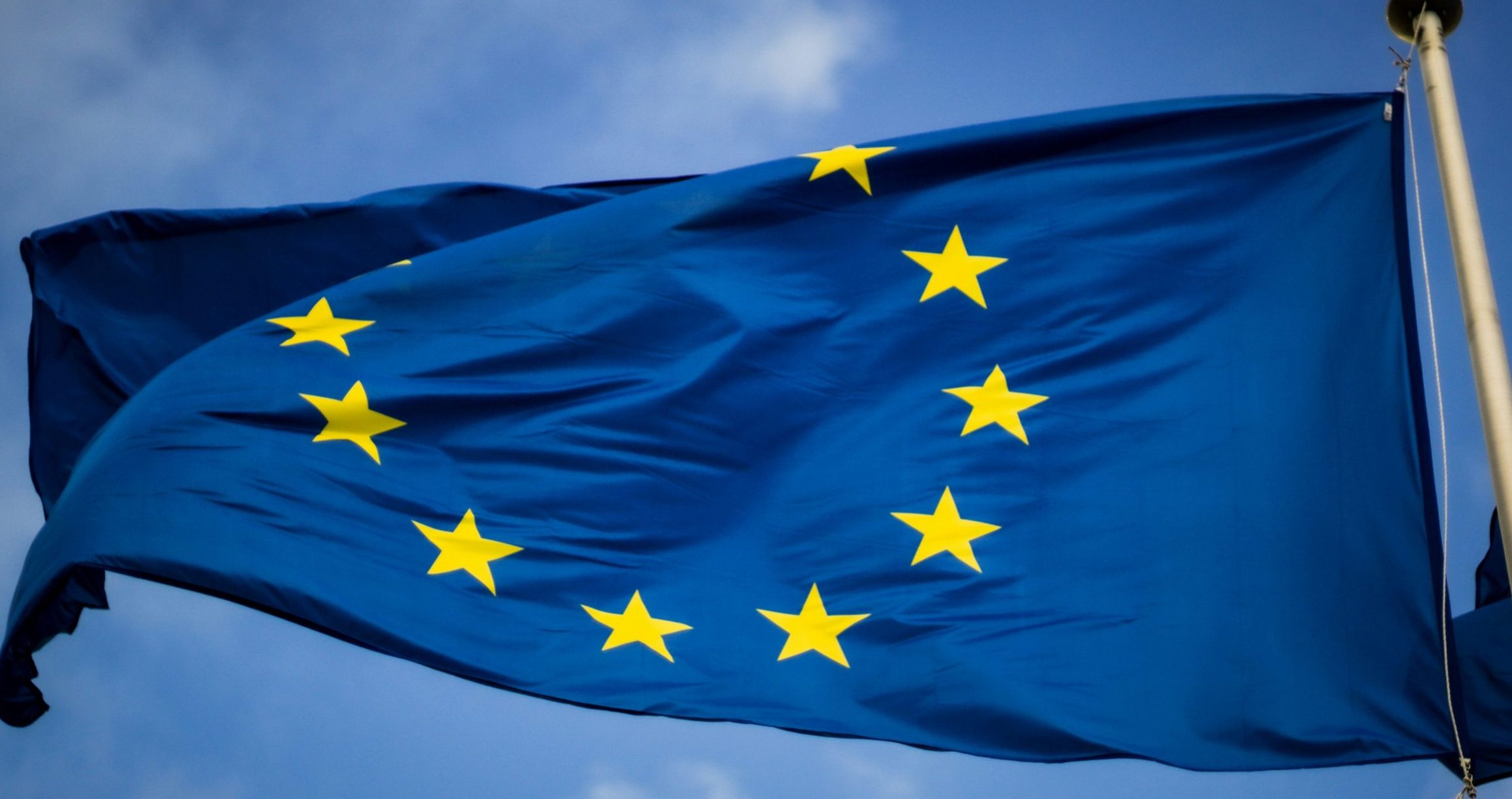European consumers are increasingly facing a complex landscape when it comes to purchasing popular American products. The resurgence of trade tensions, marked by significant tariffs imposed by the US, is impacting the availability and affordability of many well-known US consumer goods in the EU market. This situation necessitates a closer look at which US products are most prevalent in the EU and highlights the growing importance of exploring high-quality alternatives made within the European Union.
Top US Consumer Products Exported to the EU
While the overall trade between the US and the EU encompasses a wide array of goods, including industrial and pharmaceutical products, several US consumer-facing products enjoy significant popularity and sales volumes in the European market. These include:
Technology and Electronics
American tech giants dominate European households. Apple products—iPhones, iPads, and MacBooks—remain among the top U.S. exports to the EU. Microsoft’s Surface devices and software products, and PCs from Dell and HP, also contribute significantly to transatlantic consumer trade. Yet, while often designed in the US, many consumer electronics are manufactured elsewhere. Technology and consumer electronics brands from Europe made in EU are rare, although there are some interesting competitors locally, for example in the smartphone industry.
Food and Beverages
Iconic American brands in categories like breakfast cereals (e.g., Kellogg’s, Quaker), confectionery (e.g., Mars, Hershey’s), condiments (e.g., Heinz), and soft drinks (e.g., Coca-Cola, Pepsi) have a strong presence in EU supermarkets. These household names have become part of everyday life in many EU countries and it is not always easy to find European alternatives in your local supermarket.
Certain food items like almonds, grapes, and specific processed foods also see considerable export volumes.
Apparel and Footwear
Classic American fashion never goes out of style, particularly in denim and outdoor wear. Levi’s jeans, Nike footwear, and premium brands like Ralph Lauren are staples in European fashion markets. These brands are known but finding alternatives in Europe for this kind of product is becoming easier. The difficulty here is checking the manufacturing origin as these product are often made in Asia.
Cosmetics and Personal Care
Major US cosmetic and skincare brands are widely available in European drugstores and department stores. American personal care brands such as Estée Lauder, Olay, and Gillette dominate beauty aisles in Europe. Procter & Gamble’s vast portfolio includes popular names like Head & Shoulders, Pantene, and Oral-B.
The Shadow of the US Tariff War on Consumers
The current trade climate between the United States and the European Union is marked by escalating tariffs. Following the imposition of tariffs on steel and aluminium earlier this year, the US has introduced a baseline tariff of 10% on most goods from the EU, with the potential for further increases on specific sectors like automobiles.
The tariff increases directly affect consumer wallets. A Nike sneaker that used to cost €100 may now be €120. Apple devices could see price hikes of 10–15%. Shoppers may also notice certain products going out of stock or being replaced with regional alternatives.
This isn’t just about economics—it’s about access and lifestyle. American brands have shaped consumer culture globally, and their limited presence could shift buying habits across Europe.
EU-Made Alternatives: Smart Swaps for Popular U.S. Products
If you’re rethinking your purchases, consider these high-quality European alternatives:
| U.S. Brand | EU Alternative Example | Category |
|---|---|---|
| Apple | Fairphone (Netherlands) | Smartphones (see our article for more options) |
| Dell, HP | Slimbook (Spain), Schenker (Germany), Thomson (France) | Laptops, Printers |
| Kellogg’s, Quaker | Shredded Wheat, Shreddies and Cheerios from Nestle (Switzerland) | Cereals |
| Mars, Hershey’s | Ferrero (Italy) | Confectionery (see our article for more options) |
| Heinz | Hellman or Amora from Unilever (UK) | Condiments |
| Cola-Cola, Pepsi | Fritz-Kola (Germany) | Beverages |
| Levi’s | 1083 (France) | Fashion/Apparel (see our article for more options) |
| Nike | Nae (Portugal) or Hoegl (Austria) | Fashion/Apparel (see our article for more options) |
| Ralph Lauren | Lacoste (France) | Fashion/Apparel |
| Estée Lauder, Olay | L’Oreal (France) | Cosmetics |
| Gillette | Wilkinson Sword (Germany) | Personal Care |
| Head & Shoulders, Pantene | Duray (France) or Nivea (Germany) | Shampoo |
| Oral-B | Y-Brush (France) | Toothbrush |
Supporting European brands not only reduces the impact of tariffs but also promotes sustainable and local economies.
Final Thoughts: Navigating the Shift
The U.S.-EU tariff war may feel distant and political, but it touches the lives of everyday consumers. From what we wear to what we eat, the economic ripples are real. As American products become more expensive or harder to find, it’s a smart move to explore European-made alternatives that offer quality, sustainability, and affordability—without the added tariff price tag.
To start your quest for products made in Europe, origineu.quest is here! Stay informed, shop smart, and support brands that align with your values and your wallet.




